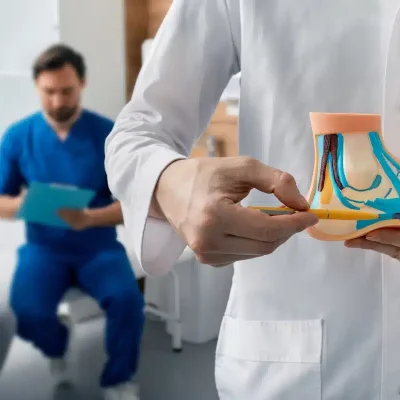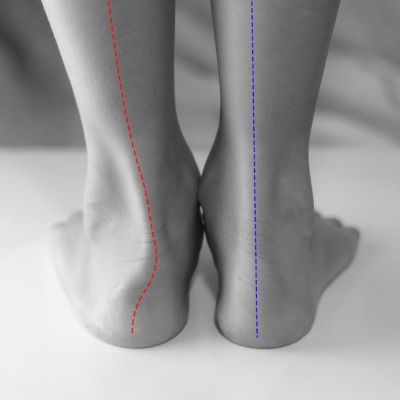Adult Acquired Flatfoot Treatment Options
Adult-acquired flatfoot represents one of the most challenging clinical conditions facing the podiatric physician. With insights gained from recent biomechanical studies, doctors can more accurately design and target treatment strategies for a more positive patient outcome.
Flat feet conditions
Flat Feet conditions are frequently encountered by our doctors at Certified Foot and Ankle Specialists, which may be painful or non-symptomatic in nature. Our goal is to give the patient stability and improved walking for any case of these types of deformities.
Adult acquired flatfoot deformity – posterior tibial tendonitis
Some flatfeet conditions come on at birth and others are acquired progressively later in life. One of these acquired conditions is termed Adult Acquired Flatfoot deformity, which is sometimes referred to as Posterior Tibial Tendon Dysfunction or Posterior Tibial Tendonitis.
Adult-acquired flatfoot represents one of the most challenging clinical conditions facing the podiatric physician. With insights gained from recent biomechanical studies, doctors can more accurately design and target treatment strategies for a more positive patient outcome.
The adult-acquired flatfoot is a symptomatic, progressive deformity, which is the result of loss of integrity and function of the posterior tibial tendon as well as key supportive ligaments of the ankle and hindfoot. While this condition was previously known as posterior tibial tendon dysfunction (PTTD), we now know that simply attributing this deformity to a single anatomic structure is shortsighted and will overlook the more important role of ligamentous disruption, which leads to the true disability of this disorder.

Commonality of Flat Feet
Adult-acquired flatfoot appears to be a common, if not epidemic, condition presenting to any foot doctor. However, few studies have been conducted to verify the true incidence in the general population. In a survey of 1,000 women from the United Kingdom over the age of 40 in the United Kingdom, 3.3 percent had symptoms and evidence of adult-acquired flatfoot. In addition,many other studies have verified that women over the age of 50 are most at risk for developing adult-acquired flatfoot. Some of the most common factors of flat feet are diabetes, hypertension and obesity.
Treatment of Flat Feet
Treatment of flat feet can include therapeutic footwear, foot orthotics, ankle / foot orthotics, physical therapy and anti-inflammatories. In the acute stages, patients are normaly treated with therapeutic footwear first and go into an orthopedic boot or a camwalker, followed by graduation into an (sport) ankle brace. If the condition advances into the later stages, then surgical repair may be necessary. However, even in stage IV in the elderly population, custom ankle foot braces along with therapeutic footwear can be a good option for mobility. At Certified Foot and Ankle Specialists, we offer the best choices for ankle bracing, orthotics, therapeutic footwear as well as surgical options for the patients suffering with this debilitating condition.


